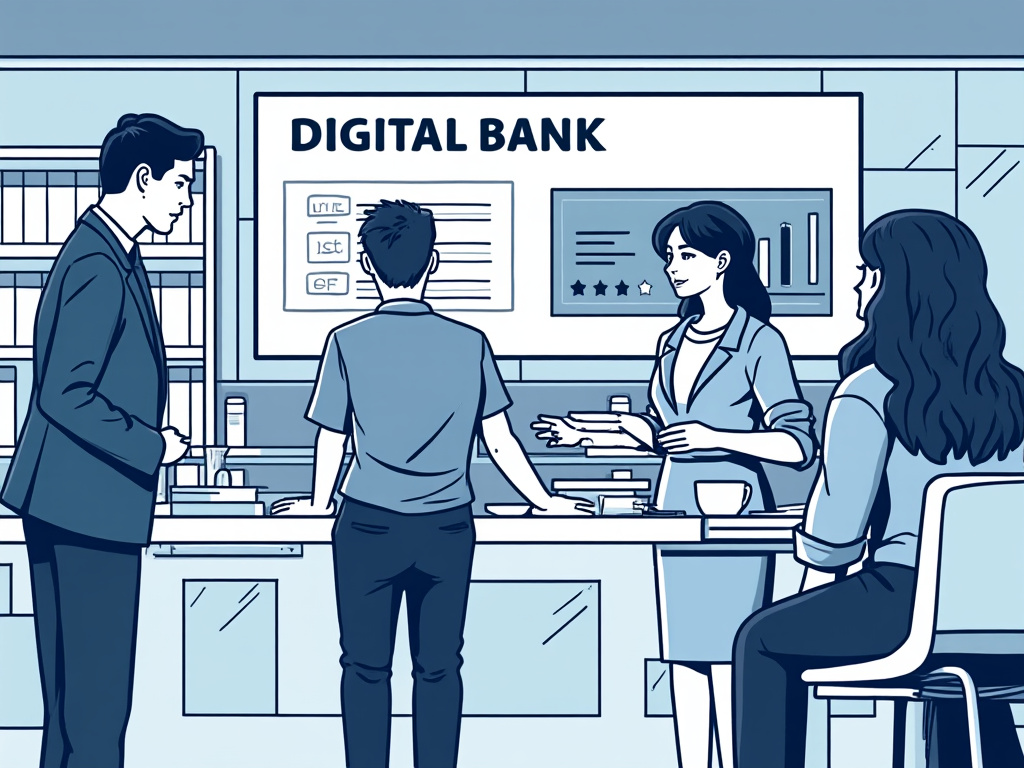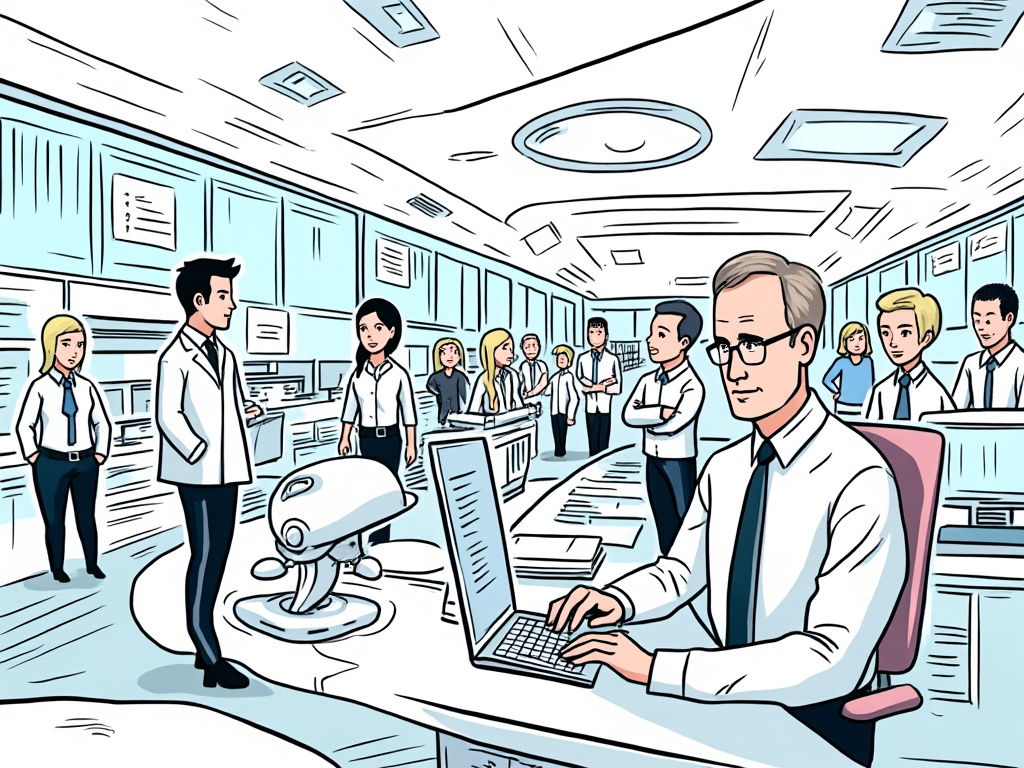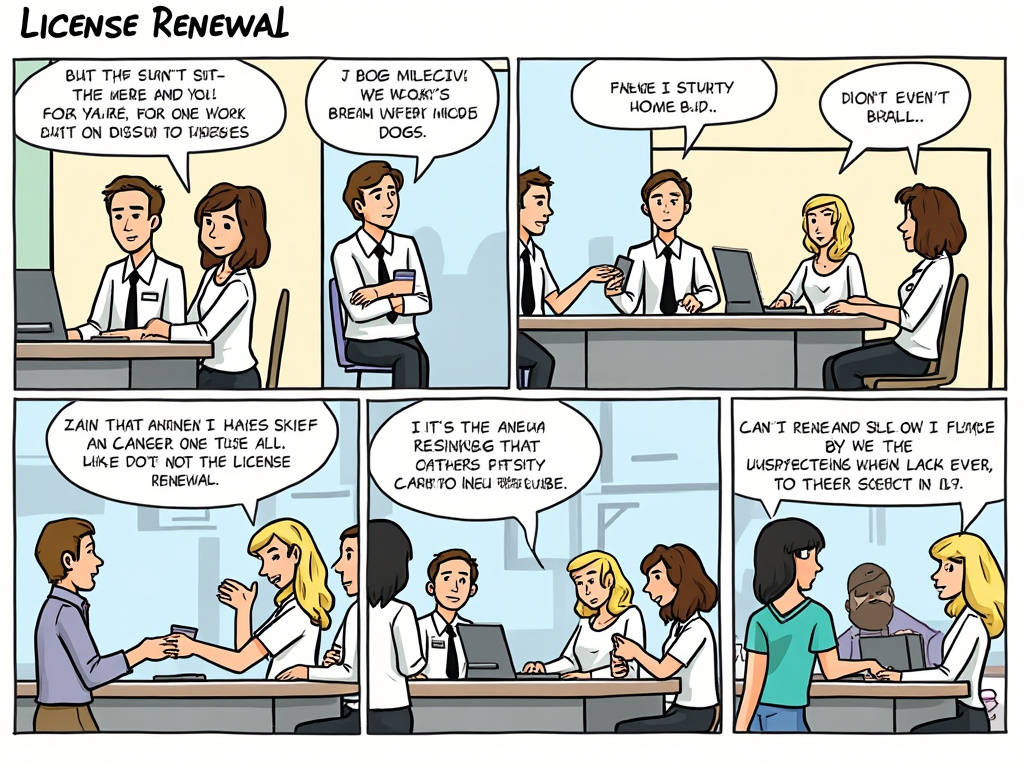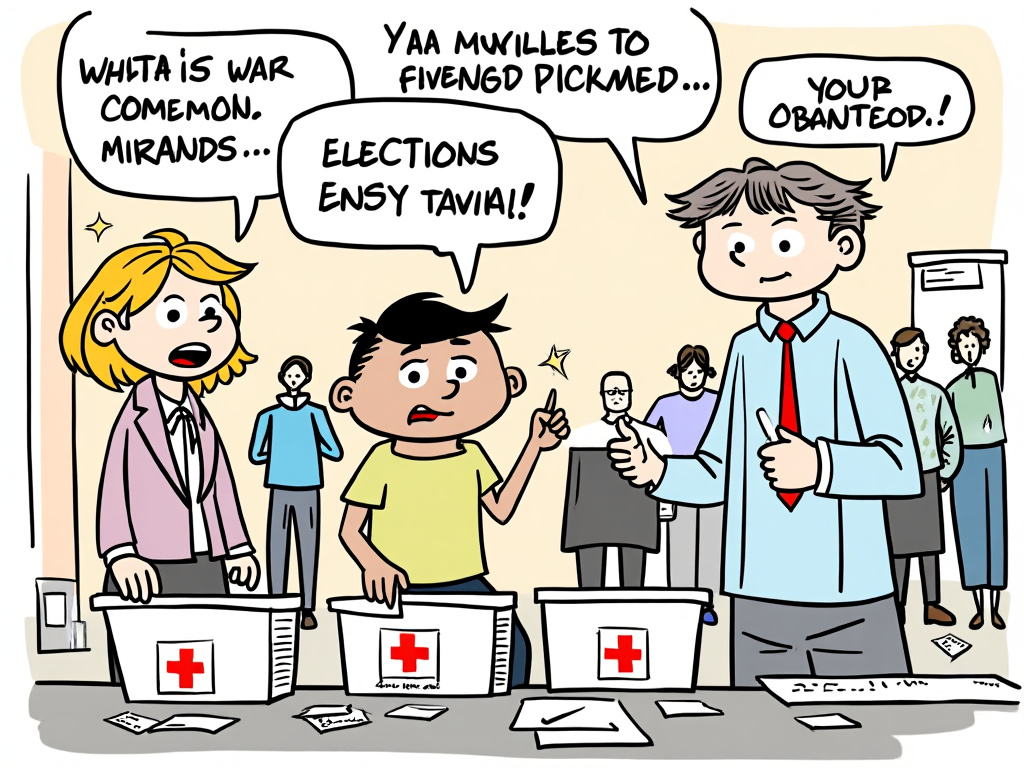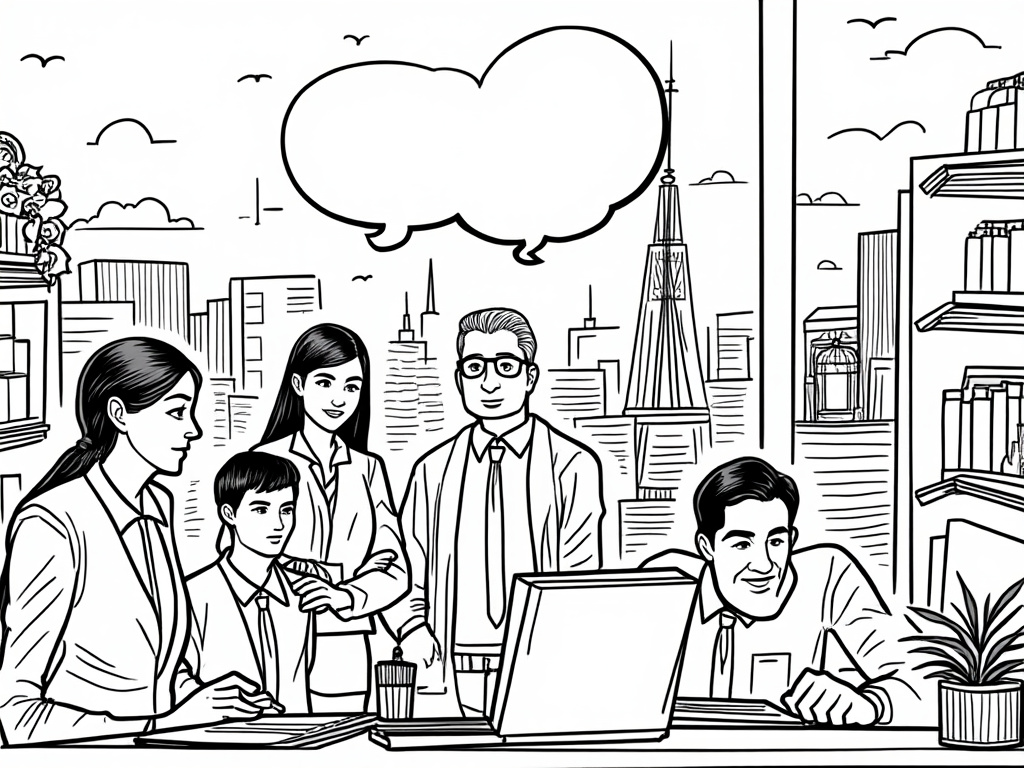
UAE Sign Language Dictionary: Bridging Communication Gaps in the Emirates
Reading time: 12 minutes
Table of Contents
- Introduction to UAE Sign Language
- Historical Development of UAE Sign Language
- The UAE Sign Language Dictionary Initiative
- Social Impact and Inclusion Benefits
- Technological Integration and Digital Accessibility
- Case Studies: Transforming Lives
- Implementation Challenges and Solutions
- Building a More Inclusive Future in the UAE
- Frequently Asked Questions
Introduction to UAE Sign Language
When Ahmed, a deaf Emirati student, first entered university in Abu Dhabi, he faced a communication barrier that seemed insurmountable. Interpreters struggled with technical terminology, and his classmates—despite their best intentions—couldn’t bridge the communication gap. Ahmed’s experience wasn’t unique; it reflected a broader challenge across the United Arab Emirates.
The UAE Sign Language Dictionary emerged as a response to this critical need—creating not just a linguistic tool, but a foundation for genuine inclusion in a rapidly developing nation where approximately 23,000 individuals live with hearing impairments.
Unlike standardized sign languages in countries with centuries of development, UAE Sign Language represents a fascinating blend of local Gulf sign traditions, Arabic linguistic influences, and modern adaptations unique to Emirati culture. It’s not merely a translation of spoken Arabic, but a visual-spatial language with its own grammar, syntax, and cultural nuances.
As Sheikh Nahyan bin Mubarak Al Nahyan, Minister of Tolerance and Coexistence, noted during the dictionary’s launch: “This initiative reflects the UAE’s commitment to ensuring that every citizen and resident can fully participate in our national journey, regardless of physical ability.”
Historical Development of UAE Sign Language
The evolution of sign language in the Emirates reflects the nation’s broader transformation from a pearl-diving economy to a global hub. Historically, deaf individuals in Emirati society relied on home signs—localized gesture systems developed within families. These varied dramatically between communities, creating communication islands even among deaf people themselves.
Early formalization began in the 1980s with the establishment of specialized schools for deaf students in Dubai and Abu Dhabi. However, the instructional approach initially focused on lip-reading and speech production rather than developing a standardized sign language. This educational philosophy, influenced by international trends that prioritized oral methods, created generations of deaf Emiratis with limited sign language fluency.
The paradigm shift occurred in 2006 when the UAE ratified the United Nations Convention on the Rights of Persons with Disabilities, committing to linguistic recognition for sign language users. This catalyzed systematic documentation of existing signs and the development of new terminology to accommodate modern concepts—particularly in technology, education, and business.
By 2017, collaborative efforts between the Zayed Higher Organization for People of Determination, linguistic researchers, and deaf community leaders had produced the first prototype of the UAE Sign Language Dictionary. This wasn’t merely academic work—it represented a reclamation of cultural identity for the deaf Emirati community.
The UAE Sign Language Dictionary Initiative
Development Process
The creation of the UAE Sign Language Dictionary wasn’t a simple translation project—it required a delicate balance between standardization and authenticity. The development followed a community-centered approach with five distinct phases:
- Documentation of existing signs – Field researchers worked with three generations of deaf Emiratis across all seven emirates to record regional variations and historical signs
- Linguistic analysis – Collaboration between deaf consultants and linguists to analyze hand shapes, movement patterns, and non-manual features
- Standardization discussions – Community forums to determine which variants would become the standard, prioritizing signs with greatest intelligibility and cultural resonance
- Neologism development – Creation of new signs for contemporary concepts through deaf-led workshops
- Digital implementation – Development of accessible platforms to house the dictionary across multiple devices and formats
This comprehensive process took over four years and involved more than 200 deaf contributors alongside a technical team of linguists, developers, and educators. The result wasn’t just a dictionary but a living document of Emirati deaf culture.
As Fatima Al Mazrouei, a deaf consultant on the project, explained: “We weren’t just collecting signs—we were preserving our heritage while also creating our future. Many technical terms never had signs before, so we had to consider both linguistic principles and cultural values when developing new vocabulary.”
Key Features and Innovations
The UAE Sign Language Dictionary stands apart from similar initiatives globally through several innovative features:
- Contextual video demonstrations showing signs in isolation and within sentence structures
- Bidirectional search capability allowing users to find signs by Arabic/English word or by searching parameters like hand shape and movement
- Cultural adaptation module specifically covering Emirati traditions, holidays, and cultural concepts
- Technical vocabulary extensions for education, healthcare, legal, and business environments
- Regional variation mapping preserving dialectal differences while promoting standardization
The dictionary currently contains over 5,000 signs with plans to expand to 13,000 entries by 2025. Unlike traditional dictionaries organized alphabetically, the digital interface allows multiple navigation paths, accommodating both deaf users and hearing learners with different needs.
Perhaps most revolutionary is the dictionary’s approach to technical terminology. Rather than simply borrowing foreign signs or fingerspelling complex terms, the development team created semantically transparent signs that visually represent concepts—making scientific and technical vocabulary more intuitive for deaf learners.
Social Impact and Inclusion Benefits
Educational Transformation
The most immediate impact of the UAE Sign Language Dictionary has been in educational settings. Prior to its development, deaf students faced a fragmented learning experience, with interpreters often improvising signs for academic concepts or resorting to extensive fingerspelling—neither approach optimal for comprehension.
The standardization of academic terminology has revolutionized classroom dynamics. At Al Amal School for the Deaf in Dubai, implementation of the dictionary has corresponded with a 37% improvement in science test scores over two years. This dramatic improvement stems from students finally having access to consistent, conceptually accurate signs for technical content.
Beyond specialized schools, mainstream educational institutions have begun incorporating the dictionary into inclusive education initiatives. The Higher Colleges of Technology now offers UAE Sign Language courses for education students, creating a pipeline of teachers with basic signing proficiency.
For deaf adults pursuing higher education, the dictionary’s professional vocabulary sections have removed significant barriers. Maitha, a deaf architecture student at Zayed University, shares: “Before, I would struggle in every class with specialized terms. My interpreter would spell out technical words letter by letter. Now with standardized signs for architectural concepts, I can focus on learning the content instead of deciphering the communication.”
Workplace Integration
The professional impact extends beyond education into workplace environments. Government entities have pioneered adoption, with customer service centers in Abu Dhabi and Dubai training front-line staff in basic sign language using the dictionary’s resources.
The banking sector has shown particular leadership, with Emirates NBD implementing sign language training for branch managers and creating sign language videos for common banking procedures. This initiative has increased financial independence for deaf customers who previously relied on family members for basic banking needs.
For deaf professionals, the standardization of workplace terminology has enhanced career mobility. A comparative analysis of employment outcomes shows promising trends:
| Employment Metric | Pre-Dictionary (2017) | Post-Dictionary (2022) | Percentage Change | National Average |
|---|---|---|---|---|
| Employment Rate (Deaf Emiratis) | 34% | 52% | +53% | 61% |
| Professional/Technical Positions | 12% | 27% | +125% | 42% |
| Average Monthly Income (AED) | 9,200 | 14,300 | +55% | 18,500 |
| Job Retention (Avg. Months) | 22 | 38 | +73% | 44 |
While gaps remain between deaf professionals and the national average, the trajectory demonstrates significant progress. As communication barriers diminish, career advancement opportunities expand.
Technological Integration and Digital Accessibility
The UAE Sign Language Dictionary leverages cutting-edge technology to maximize accessibility and practical application. The core digital platform includes:
- Mobile applications for iOS and Android with offline functionality for areas with limited connectivity
- AI-powered search functions that can recognize partial signs and suggest completions
- Integration with smart classroom technology allowing teachers to display relevant signs during lessons
- Augmented reality features that demonstrate proper sign formation and movement through 3D modeling
Beyond the dictionary itself, the standardized sign database has enabled development of complementary technologies. The UAE government’s TAMM services platform now includes a sign language avatar for over 500 common administrative procedures, providing 24/7 access to government information for deaf citizens.
The technological ecosystem continues to expand, with an API allowing third-party developers to integrate dictionary content into additional applications. This open development approach has already yielded innovative tools, including a browser extension that provides sign language equivalents for technical terms on educational websites.
UAE Sign Language Adoption Across Digital Platforms
Data source: UAE Ministry of Community Development, 2023
Case Studies: Transforming Lives
The true measure of the UAE Sign Language Dictionary’s impact lies in individual stories of transformation. Three cases illustrate different aspects of this impact:
Case Study 1: Noura’s Journey to Legal Practice
Noura Al Shamsi became the UAE’s first deaf lawyer in 2022, a milestone she attributes partially to the dictionary’s legal terminology section. “Legal concepts are complex even for hearing students,” Noura explains. “Having standardized signs for terms like ‘jurisdiction’ and ‘liability’ allowed me to engage with the material deeply instead of just memorizing transliterations.”
Noura’s success required additional supports—interpreters with legal training and accommodations from the university—but the dictionary provided the foundational language framework. She now advocates for deaf clients and consults on accessibility in the justice system, using the dictionary to train court interpreters.
Case Study 2: Abu Dhabi Police Integration Program
In 2021, the Abu Dhabi Police launched a comprehensive program to improve interactions with deaf community members. Using the dictionary’s emergency services module, over 300 first responders received basic sign language training. The program established a video relay interpretation service and implemented visual alert systems in police stations.
The results were immediate: emergency response satisfaction ratings from deaf residents increased from 41% to 87% within one year. More significantly, deaf citizens reported feeling safer and more willing to report incidents, knowing communication barriers had been reduced.
Case Study 3: Al Ain Deaf Heritage Documentation
The dictionary project unexpectedly uncovered a rich tradition of agricultural signs among older deaf individuals in Al Ain. These signs—specific to date farming, irrigation systems, and camel husbandry—were at risk of disappearing as younger generations moved toward urban professions.
A specialized team documented over 200 heritage signs, preserving this linguistic patrimony while strengthening intergenerational connections in the deaf community. The effort expanded beyond practical agricultural terms to include signs related to traditional medicine, crafts, and Bedouin customs—creating a valuable historical archive alongside the practical dictionary.
Implementation Challenges and Solutions
Despite its successes, the UAE Sign Language Dictionary initiative has encountered significant challenges requiring creative solutions:
Challenge: Regional Variations and Standardization Resistance
Initial attempts at standardization encountered resistance from some community members, particularly older signers attached to regional variants. These concerns were valid—standardization risked erasing cultural diversity within signing communities.
Solution: The implementation team adopted a pluralistic approach, recording regional variants while identifying a “standard” form. The digital platform allows users to view all variants, preserving diversity while promoting mutual intelligibility. This compromise satisfied both educational needs for consistency and cultural preservation priorities.
Challenge: Interpreter Adaptation and Training
Professional interpreters, many trained abroad in American or British Sign Language, initially struggled to adapt to standardized UAE signs, creating a temporary implementation bottleneck.
Solution: A specialized transition program was developed for working interpreters, with intensive workshops and mentoring from deaf consultants. Certification standards were revised to require proficiency in UAE Sign Language for public service positions. Additionally, the first interpreter training program using UAE Sign Language as the instructional medium was established at the Emirates College for Advanced Education.
Challenge: Technology Access Disparities
While the dictionary’s digital format offered numerous advantages, it initially created access barriers for lower-income families without consistent internet access or updated devices.
Solution: A multi-format distribution approach was implemented. Physical copies with QR codes linking to videos were distributed to schools and community centers. A partnership with telecommunication providers established data-free access to the dictionary website and app. For remote areas, offline versions were loaded onto tablets distributed through community outreach programs.
Building a More Inclusive Future in the UAE
The UAE Sign Language Dictionary represents more than a linguistic tool—it’s a cornerstone of the nation’s broader inclusion strategy. Looking ahead, several developments will shape the future landscape:
- Integration with smart city initiatives – Future urban planning in Dubai and Abu Dhabi includes visual communication systems incorporating standardized signs at transportation hubs, government facilities, and public spaces
- Educational pipeline development – New programs aim to increase the number of deaf teachers and interpreters by 200% by 2030
- Cross-Gulf standardization efforts – Collaborative work with Saudi Arabia, Kuwait, and other GCC countries to harmonize sign languages across the region
- AI translation development – Research partnerships with technology companies to create real-time sign language translation using computer vision
- Cultural and literary expression – Supporting the emergence of sign poetry, storytelling, and performance arts using the enriched vocabulary
The dictionary will continue evolving through annual updates that incorporate new terminology and community feedback. This living document approach ensures relevance as language naturally changes.
Most importantly, the project has shifted the paradigm from viewing deaf Emiratis as service recipients to recognizing them as cultural and linguistic contributors to national identity. The dictionary honors sign language not as a compensatory tool, but as a vibrant expression of human communication diversity.
As the UAE continues its ambitious development agenda, the sign language initiative demonstrates how inclusion can be woven into the fabric of national progress rather than treated as a separate consideration. The approach offers valuable lessons for other rapidly developing regions seeking to ensure no community is left behind in the pursuit of advancement.
Frequently Asked Questions
How does UAE Sign Language differ from other Arabic sign languages?
UAE Sign Language has evolved with distinct characteristics that set it apart from other Arabic sign languages. While sharing some similarities with Gulf Cooperation Council (GCC) sign languages, particularly those in Saudi Arabia and Kuwait, UAE Sign Language incorporates unique hand shapes and movements reflecting Emirati cultural influences. It features specialized vocabulary for local traditions, Islamic practices, and modern technological concepts. Additionally, UAE Sign Language shows less influence from European sign languages compared to North African Arabic sign languages, which have been shaped by French Sign Language. The dictionary project has documented these distinctive features while establishing standardized forms that maintain the language’s unique identity.
Can hearing people learn UAE Sign Language using only the dictionary?
While the dictionary is a valuable resource, learning UAE Sign Language effectively requires more than reference materials alone. The dictionary provides vocabulary and basic usage examples, but doesn’t fully address grammatical structure, facial expressions, and spatial organization—all crucial elements of fluent signing. Hearing learners should complement dictionary use with interactive courses, conversation practice with deaf signers, and immersive community experiences. The Zayed Higher Organization and several universities offer structured UAE Sign Language courses designed specifically for hearing learners that incorporate the dictionary as one component of a comprehensive learning approach. For basic communication needs, the dictionary can provide functional vocabulary, but genuine proficiency requires additional training.
How is the dictionary being updated to include new technological terminology?
The dictionary employs a systematic process for developing new technological signs through quarterly neologism workshops. These workshops bring together deaf professionals in technology fields, linguists, and subject matter experts to create signs for emerging concepts. The development follows specific principles: visual representation of the concept where possible, avoidance of fingerspelling for common terms, and consideration of international sign influences for global technologies. New signs undergo community testing for clarity and acceptance before formal addition to the dictionary. The most recent update added over 200 terms related to artificial intelligence, cryptocurrency, and smart government services. The technical committee prioritizes terms based on frequency in educational settings, workplace relevance, and public service applications, ensuring the language evolves alongside technological advancement.
Your Role in Advancing Communication Equality
The UAE Sign Language Dictionary represents a remarkable achievement in linguistic documentation and social inclusion, but its ultimate impact depends on widespread adoption and community engagement. As Sheikh Zayed bin Sultan Al Nahyan wisely noted, “Wealth is not money or oil, wealth lies in people.”
Whether you’re a deaf community member, an educator, a business leader, or simply someone committed to a more inclusive society, you can contribute to this cultural milestone:
- Learn the basics – Commit to mastering even a small vocabulary of UAE Sign Language greetings and common phrases
- Advocate for implementation in your workplace, school, or community organization
- Support deaf-led initiatives that build upon the dictionary’s foundation
- Share feedback on the dictionary’s practical applications to help guide future development
The journey toward full communication accessibility is ongoing. While significant barriers have been removed, continued progress requires collective commitment across Emirati society. The dictionary provides the linguistic framework—now it’s up to all of us to bring it to life in everyday interactions.
How will you use this remarkable resource to build connections across communication differences? The answer to that question will determine whether the UAE Sign Language Dictionary remains simply a reference tool or becomes a catalyst for genuine social transformation.
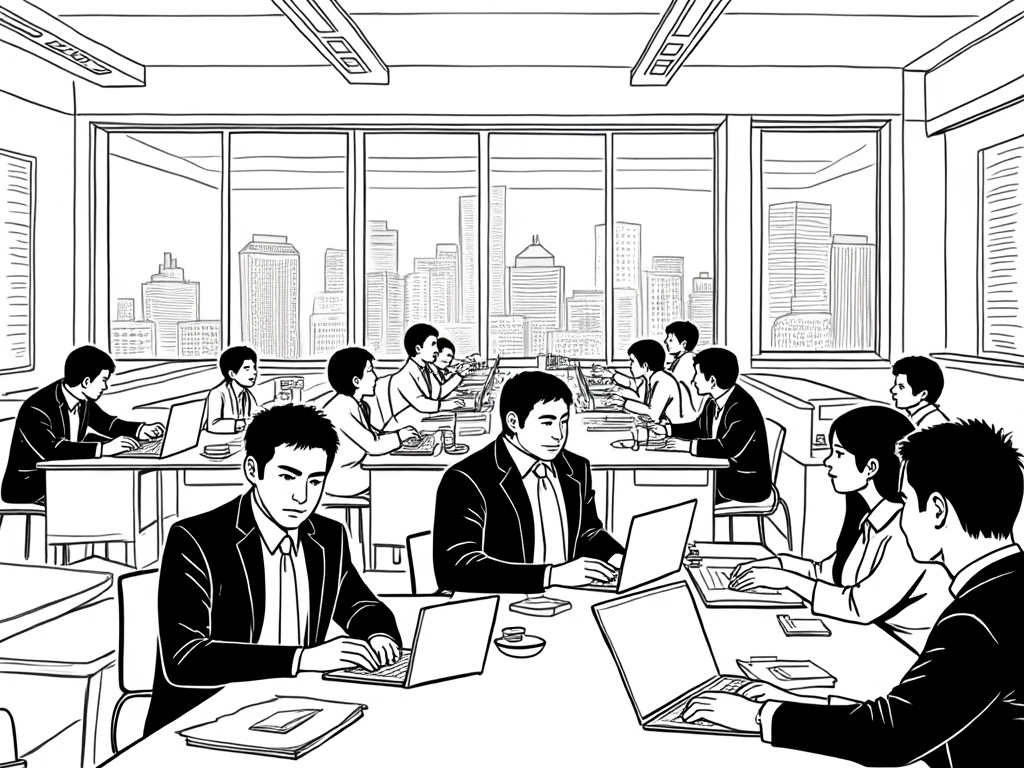
Article reviewed by Charlotte Ellsworth, Investment Analyst | Supporting Sovereign Wealth Fund Deals, on June 16, 2025

